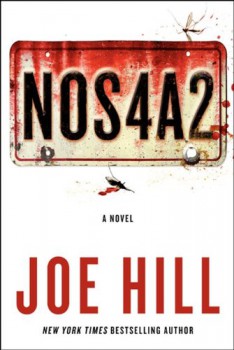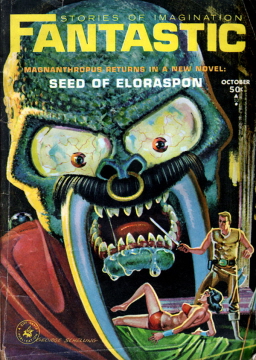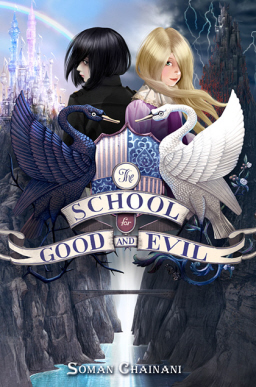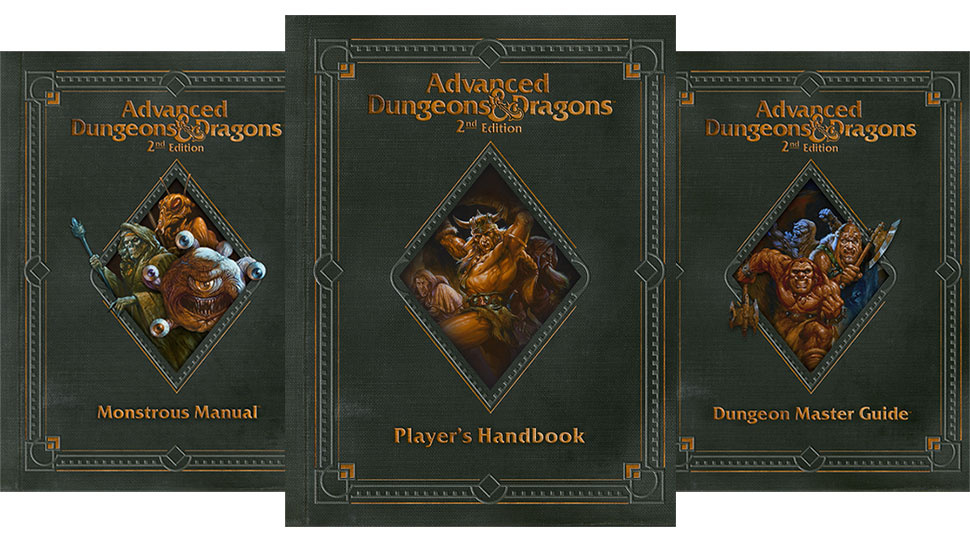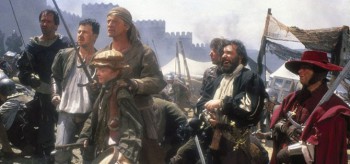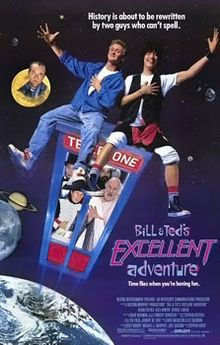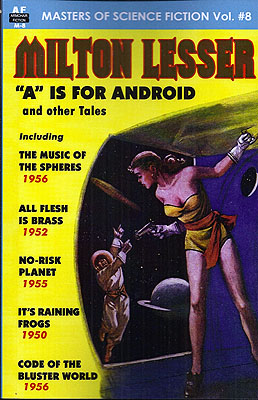A Review of Osprey’s Dragonslayers
Dragonslayers: From Beowulf to St. George
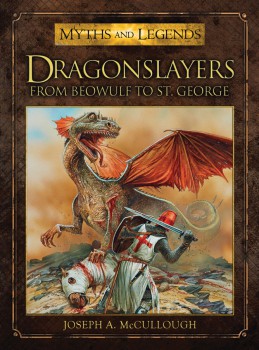 By Joseph McCullough
By Joseph McCullough
Osprey (80 pages, May 2013, $17.95)
Osprey is justly famous for its Men-at-Arms series. Probably almost everyone who’s a military history buff, historical gamer, or historical fiction writer has at least heard of the series, which illustrates the arms, armor, capabilities and customs of different forces from different eras in extremely well-researched detail. Need to know just how fast the Mongolian cavalry from the era of Genghis Khan moved, or what they ate on the ride? Curious to find out more about the forces from the 2nd Punic war? The Men-at-Arms series is a crucial stop.
Now Osprey is advancing its standard of excellence into new territory. Its Myths and Legends line strives to bring the same sterling level of research to fantasy and myth. Several weeks ago, Osprey sent me the first book of their new series, Dragonslayers.
It’s different from the older Men-At-Arms series books on my shelves in that it’s more profusely and colorfully illustrated, but the information is just as thorough and well presented. I have to admit that I wasn’t initially that curious about the subject matter, but writer Joe McCullough pulled me right in to both the tales I was already familiar with and the sagas of dragonslayers unfamiliar to me, which is no small feat considering how busy I’ve been. It’s pretty impressive that such a small book can pack in so much information, and make it engaging besides.
